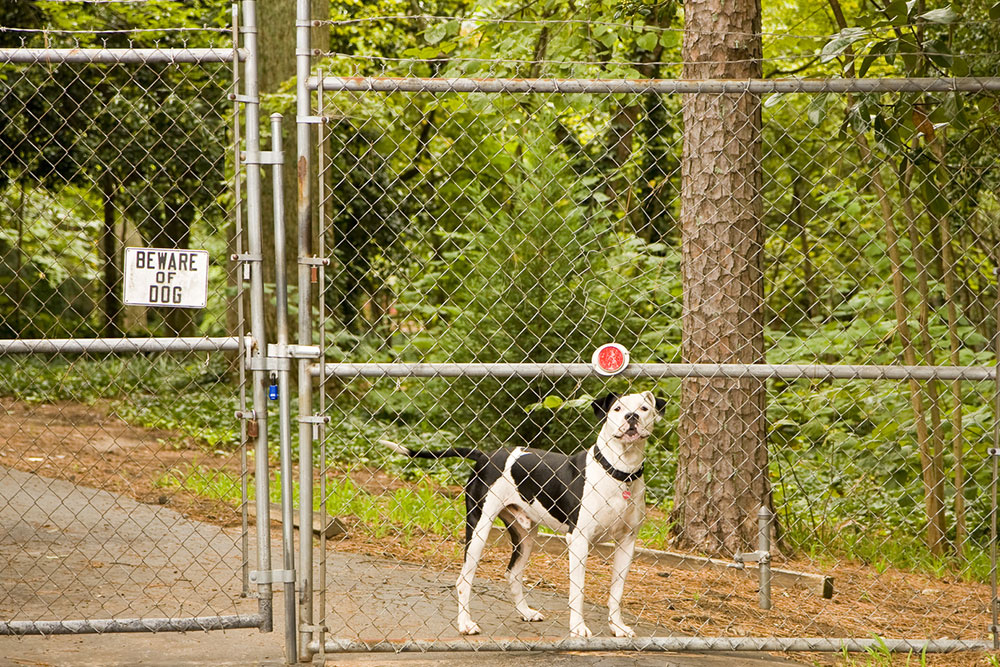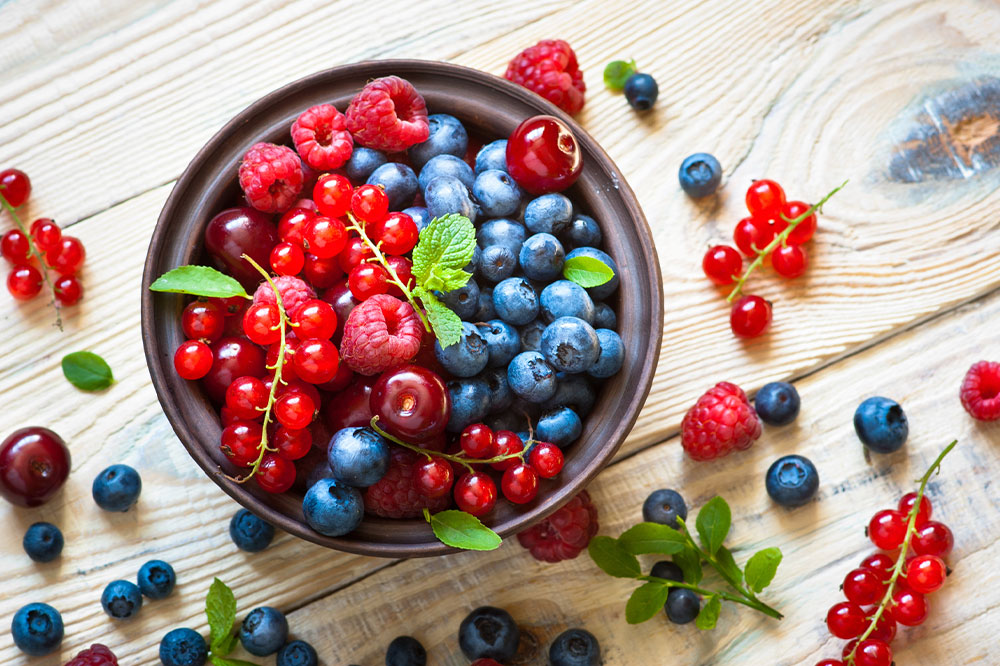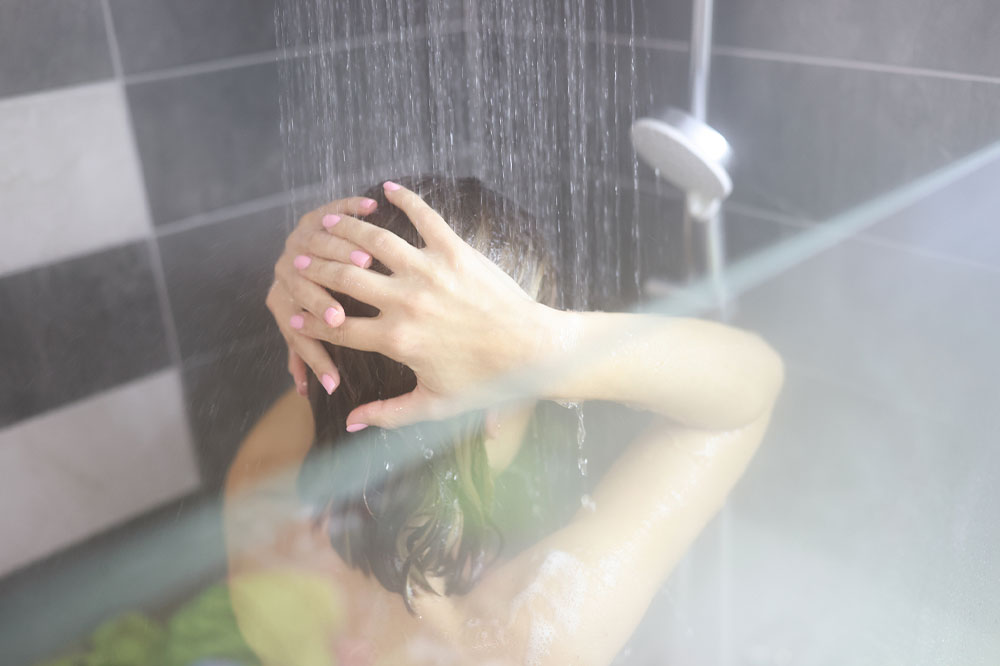Types of dog fences and their benefits

Dogs can be a great addition to the household, bringing joy and warmth to the family. But these dear pets are secretly great escape artists. They connivingly chart an escape plan just for fun, so it’s important to have fencing installed. The pet can have all the fun they want without venturing into unsafe territory. However, with various options available, selecting the right type of fence can get a little overwhelming.
Chain link fences
Chain link fences are among the most trusted options to keep the dogs safe and prevent the escape artist in them from getting their way. They are a robust solution to the problem. In addition, chain link fences have the power to provide pet parents with a long-lasting enclosure for their dogs. Commonly, these fences are made from galvanized steel that is turned into a sturdy mesh. This mesh can be secured to a metal post. There also are some variations of the fence available for the buyers to choose from.
Pros
- The galvanized steel makes these fences one of the top choices. Chain link fences are also highly rust, weathering, and wear-and-tear resistant. Additionally, little to no maintenance is required to keep the fence in top condition.
- The wire mesh has a strong structure, making escaping difficult for the dogs. Since it is difficult to break through the steel mesh, making the barrier secure.
- The fence has a mesh structure, allowing a good light and air exchange. It does not obstruct the visibility of the pet or the parent. It allows dogs to maintain awareness of their surroundings, and the parents can be aware of their activities even when they are on the other side of the fence.
- Chain-link fences can deter unwanted visitors or stray animals from entering the yard. Their visibility allows one to easily spot potential intruders.
Cons
- Chain-link fences are not particularly appealing to look at. Their industrial appearance can be a deterrent for many, and their addition might not seem complementary to the rest of the property.
- Chain link fences can be a hazard for the dogs if they try climbing up the fence. Individuals might need to add fence toppers or a similar solution to prevent harm to the dogs.
Wooden fences
Wooden fences are a preferable option for many. They are timeless and classic and do not take away from the property’s curb appeal. They also blend well with different types of architectural styles. In some cases, wooden fences might also be a more affordable option. Board, shadowbox, privacy, and picket fences are the most commonly preferred wooden fences. Split rail fences are also an option when looking at wooden fences for dogs. They offer the property a natural and rustic look while keeping the dog from wandering off. Another option is the woven wood fence.
Pros
- With a wider range of options, the wooden fence is the most versatile choice when selecting options that can keep the dogs safe. While doing so, it adds to the property’s aesthetic and appeals to the homeowner’s taste.
- Wooden fences can help enhance homeowners’ privacy. They offer high privacy by blocking out unwanted views and noise from outside the yard.
Wooden fences can be stained or painted to match the home’s exterior or create a desired aesthetic.
Cons
- Wooden fences are high-maintenance additions to the property. They must be periodically painted, stained, and treated with chemicals that keep the fence from rotting.
- Wood is susceptible to weather damage, warping, and rot, especially in harsh climates. A wooden fence’s lifespan can be significantly shorter than that of chain-link fences.
Vinyl fences
Vinyl fences are the best option if one does not want to compromise on the dog’s security but also does not have the budget for chain-link fences. Most vinyl fences are constructed from PVC materials, making them durable, affordable, and low maintenance. They are aesthetically pleasing and available in various colors, textures, and styles. Pet parents can get a fence that looks like a wooden one without worrying about its upkeep.
Pros
- Compared to wooden fences, vinyl fences are highly low-maintenance. An occasional wiping with soap and warm water is enough to maintain them. They are generally resistant to fading, peeling, and warping, and one does not need to worry about rotting.
- Like wooden fences, vinyl fences do not rot or attract insects. Additionally, vinyl fences are weather-safe, which means they can withstand harsh climate change just fine.
- With vinyl fences, pet parents have a wide range of options. They are available in several colors, styles, heights, and textures. Some options can look like wood grains and mimic wooden fences.
- Buyers can choose whichever option matches their taste and the aesthetics of their property.
Cons
- Some vinyl fences can cost more than wooden fences for larger areas. Based on style, texture, and size, fences have different price points. One might want to consider all options before the purchase.
- Darker-colored vinyl fences can absorb heat during hot weather, which might concern climates with extreme temperatures.
- While styles and colors exist, vinyl fences offer less customization than stain or paint options with wooden fences.


